Guide to Treating and Controlling Dog Pests
Pests aren’t just confined to your home. Sometimes your beloved family hound can be blighted by everything from ticks to fleas and bed bugs to spider infestations. These guides help you understand what treatment you should seek and how you can better protect your pet from infestation and infection. If things have gone too far to handle then you can give The Aardvark – your Philadelphia Exterminator – a call.
To find out some more interesting facts and figures about common problems for dogs and their pests please check out our comprehensive guide below.

Tick bites not only irritate your dog’s skin, but untreated they can make your dog generally unwell and in severe cases even lead to paralysis. You will often spot a tick on your dog’s coat, as once they feed on blood they swell and become visible, though if they have unlatched your dog may itch Read More »

Fly bites can irritate your dog’s skin, cause anemia and spread infections. Equally, when grooming your dog, if you notice wounds or unusual lumps, these should always be checked out by your veterinarian, as sometimes maggots and grubs may be present from a fly infestation if they have laid their eggs in your dog’s skin. Read More »
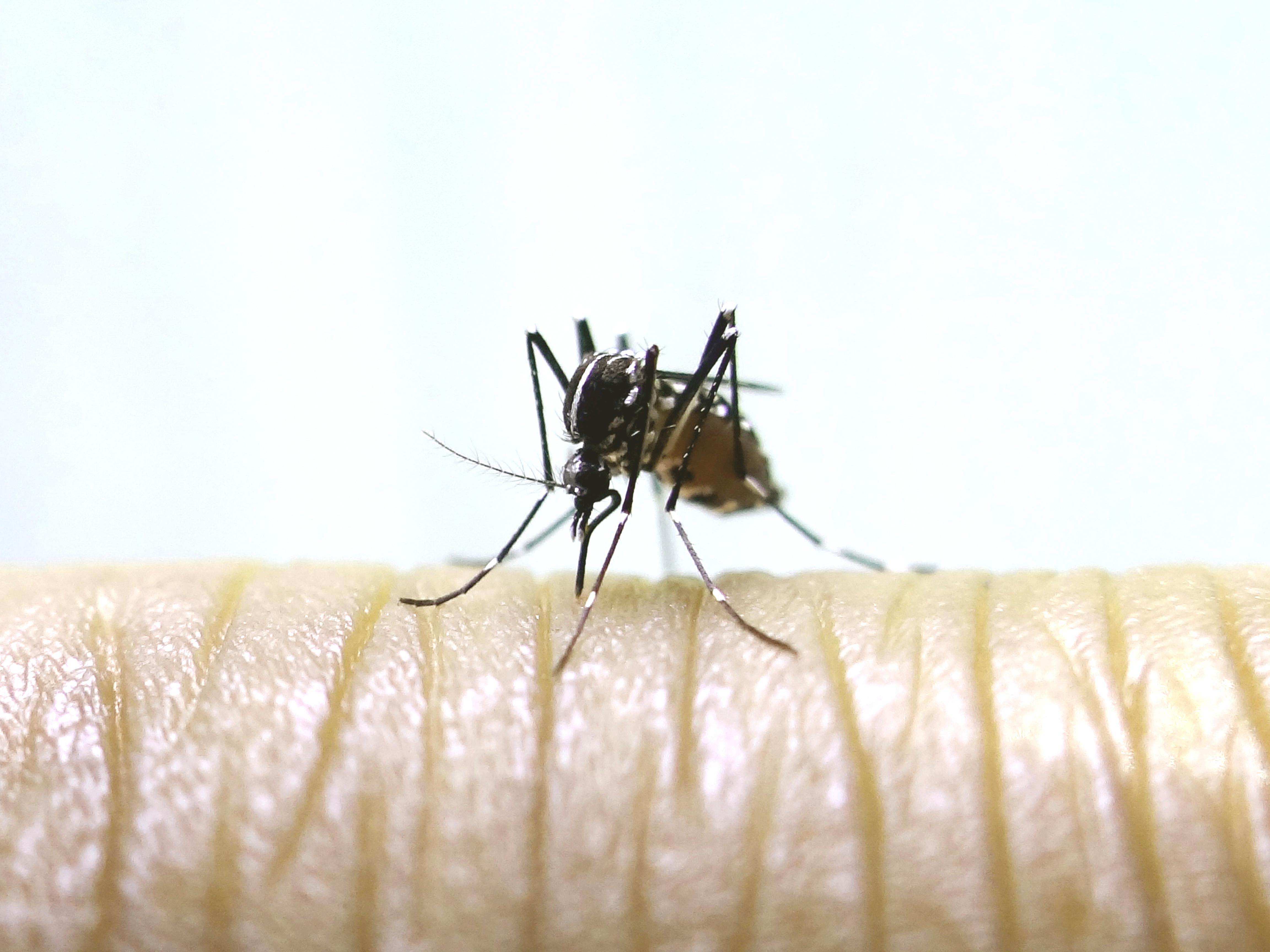
Warm humid days in summer bring with them mosquitoes, which are liable to bite your dog on exposed areas of skin like their ears and nose. As in humans, a mosquito bite can bring more than an itch, as it can lead to parasitic infections, which for dogs is primarily heartworm that can spread to Read More »
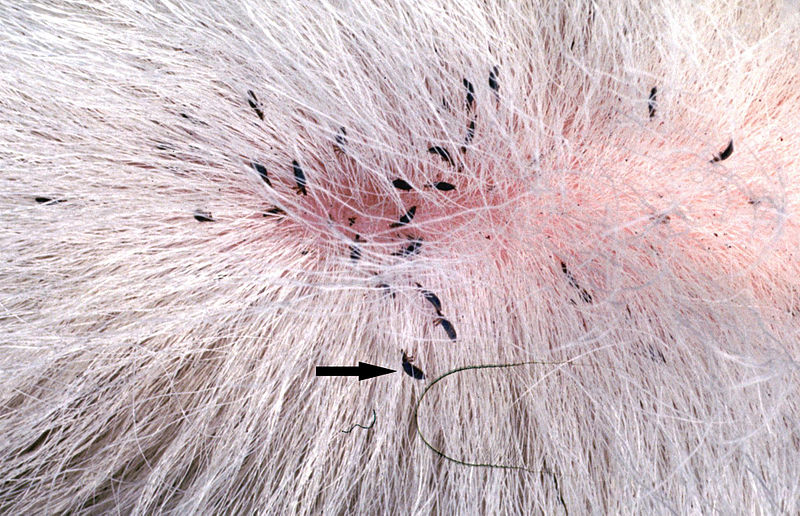
Lice more commonly affect puppies, older dogs, long-haired breeds and dogs that are either in poor health or have been neglected. You can usually see lice on your dog’s coat, but other signs of an infestation include scratching, a dry, rough coat, and in extreme cases, a matted coat or hair loss. Managing a Lice Read More »
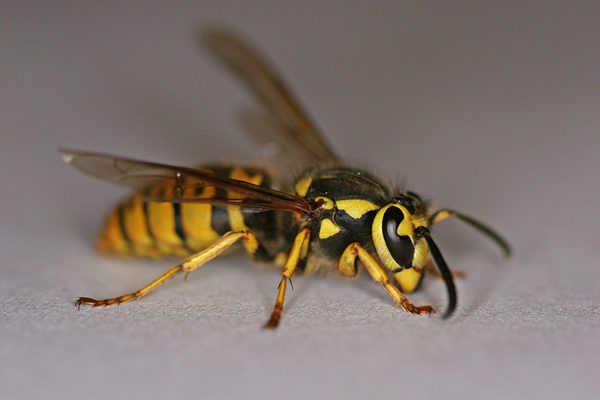
If you have a bee, wasp or yellow jacket nest in your home or yard, this isn’t just a problem for you, as they may also sting your dog. The hairless areas on their face and feet are most susceptible and when stung your pet will develop swelling and redness around the site, though may Read More »

Fleas are the number one cause of itching in dogs and although their bites will typically only lead to mild scratching, some dogs may develop dermatitis and a severe infestation can trigger anemia. Getting on top of a flea infestation is also important because these pests help to transmit tapeworms. Managing an Infestation If your Read More »
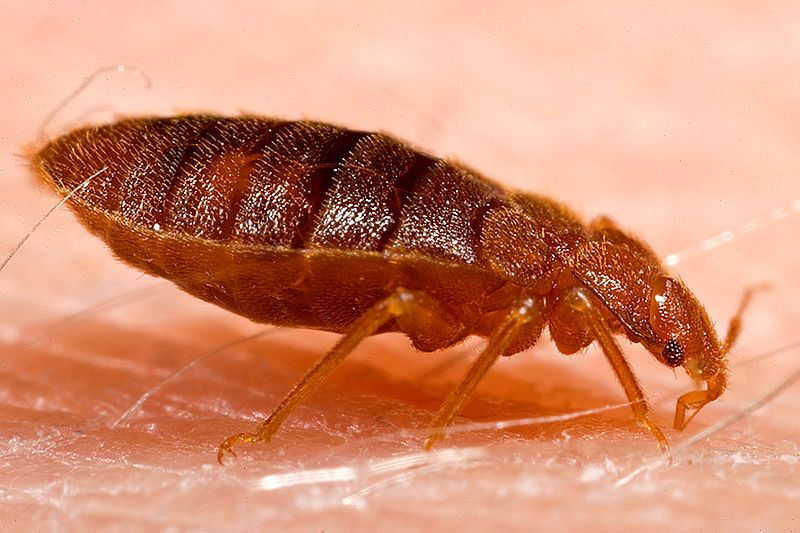
Bed bugs are one of the rarer pests to affect dogs, as these insects are not designed to move well through fur and hair, preferring human skin over that of your pets. However, if there is a severe infestation of bed bugs in your home or elsewhere, there is a chance they may move into Read More »
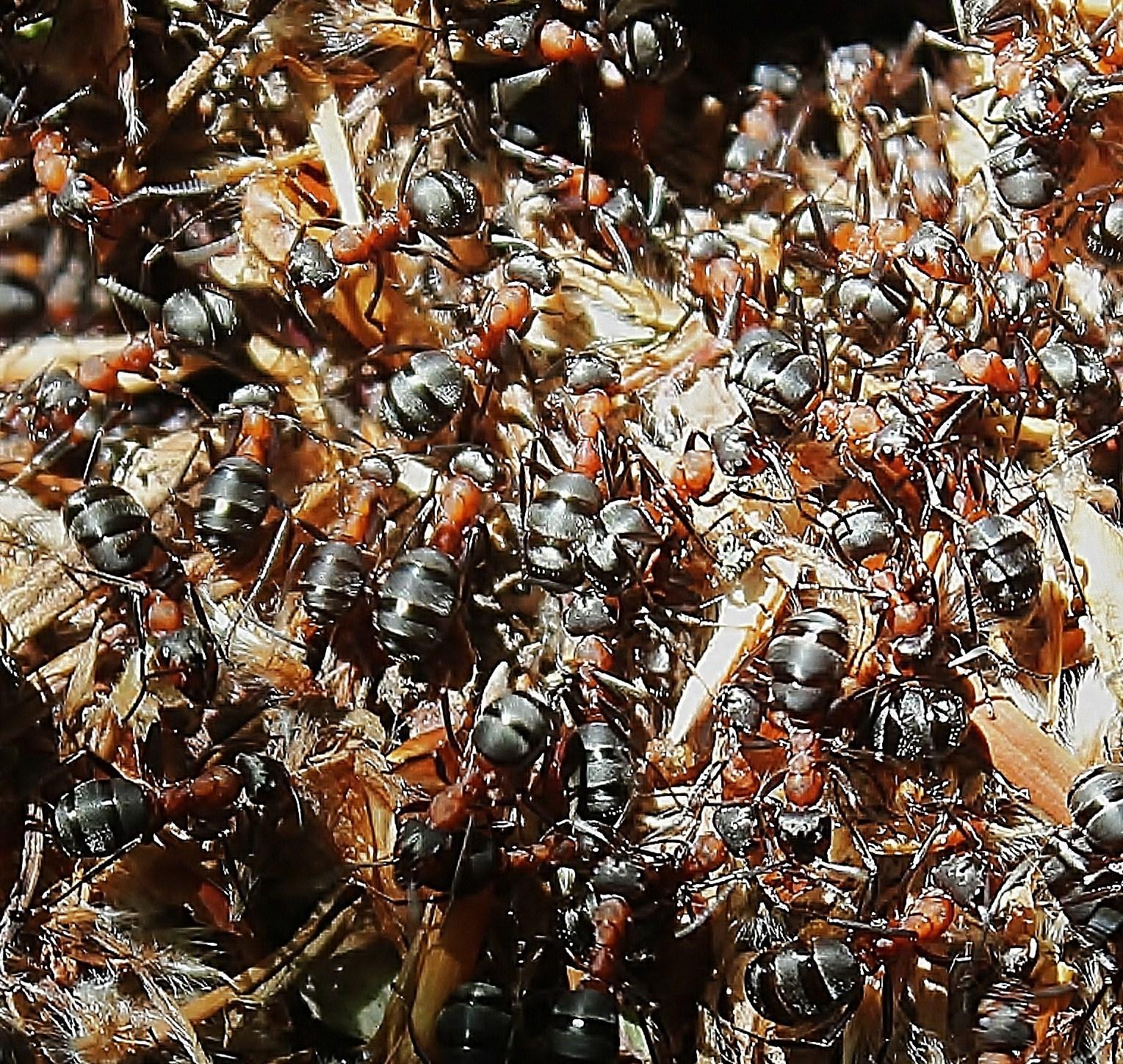
Ants can sting your dog and fire ants are a particular concern, as their sting can sometimes be fatal to a puppy or small dog. Ants are often attracted to pet food bowls, but your dog may disturb a mound while they play or dig. Ants usually target hairless areas of your dog’s skin and Read More »

An infestation of mites can cause a skin disease known as mange, which leads to scaly skin and bald patches on the coat that can either affect an isolated area or the whole body. Sometimes the skin may itch due to a bacterial infection. However, as the mites are microscopic, you will not see them Read More »